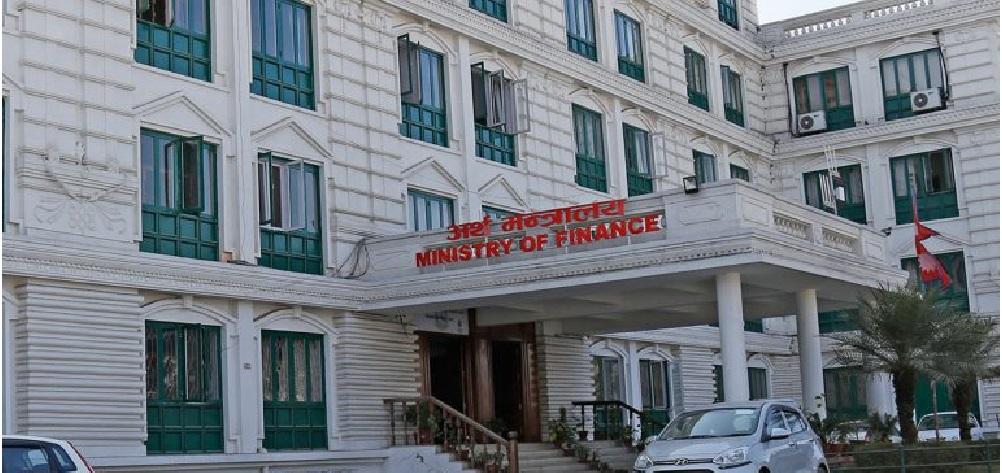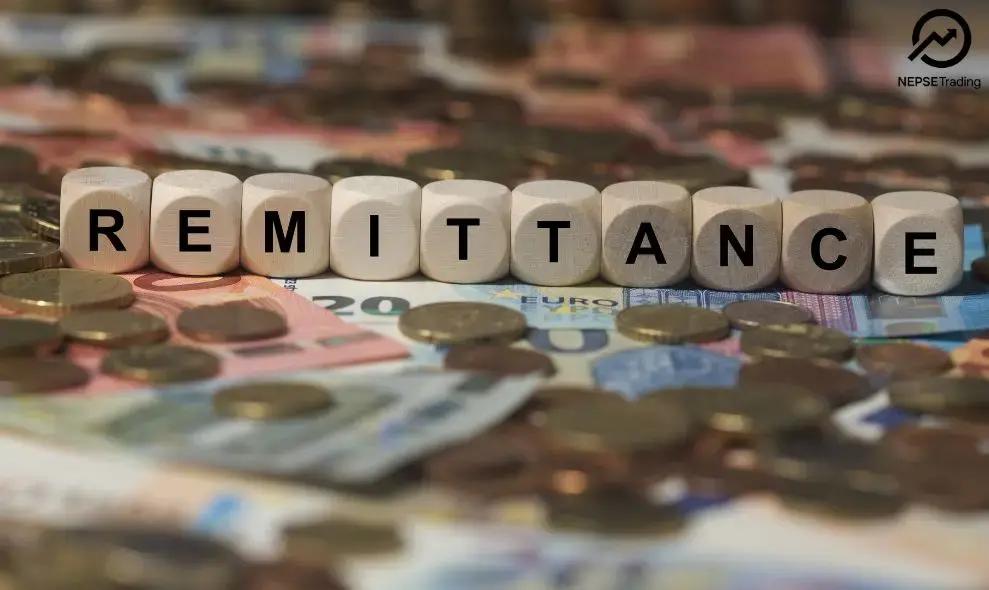By Dipesh Ghimire
Nepal’s Power Sector Struggles Amid Dry Season; India-Nepal Expand Energy Cooperation

Despite significant progress in the past decade, Nepal is once again facing an acute energy shortfall during the dry season, particularly affecting its industrial sector. Though large-scale electricity blackouts (load-shedding) have not returned for residential consumers, Nepal Electricity Authority (NEA) has admitted to the emergence of unofficial load-shedding in industrial areas to balance supply and demand.
Nepal, which even managed to export surplus electricity to India during the monsoon, now finds itself importing power to meet internal demand during the dry season. However, due to soaring electricity demand in India as summer intensifies, Nepal is struggling to import the quantity it requires. Even with purchasing permissions for up to 1,400 MW from India's competitive energy market, Nepal is currently receiving only a fraction of that volume.
Severe Impact of Upper Tamakoshi Damage
The recent floods severely impacted the Upper Tamakoshi Hydropower Project (456 MW), further weakening Nepal’s ability to meet peak demand. Previously seen as a project that would ensure energy security during peak hours, Upper Tamakoshi’s reduced generation is now compounding the crisis.
Nepal’s energy generation capacity has officially reached 3,403 MW, mostly hydropower. However, the generation during the winter (dry season) plummets to almost one-third of the installed capacity due to low river flows. As of now, Nepal's internal generation averages around 1,175 MW, while peak demand has surged to approximately 2,077 MW. This leaves a daily deficit of hundreds of megawatts, forcing Nepal to rely on imports.
Unfortunately, due to limited transmission capacity and supply constraints from India, NEA is receiving only about 50 MW of electricity during critical hours — a sharp fall from the permitted 350 MW import allowance.
Long-Term Strategic Moves: Building Transmission Infrastructure
Recognizing the structural challenges, Nepal and India are aggressively moving towards strengthening bilateral transmission infrastructure.
In December 2023 (Poush 19, 2080 BS), Nepal and India signed a landmark Electricity Trade Agreement at the energy secretary level, targeting the export of 10,000 MW from Nepal to India over the next 10 years.
As part of this strategy, two major cross-border 400 kV transmission lines — Inaruwa–New Purnia and Dodhara–Bareilly — are now under development through newly-formed joint venture companies. Nepal Electricity Authority (NEA) will own a 51% stake on the Nepal side, and India’s Power Grid Corporation of India Limited (PGCIL) will hold the rest. Similarly, in India, PGCIL will hold 51% and NEA 49%.
Currently, Nepal and India are connected only through the 400 kV Dhalkebar–Muzaffarpur transmission line, capable of handling 1,000 MW. Analysts like energy expert Arun Kumar Subedi argue that only one cross-border line is insufficient to support the 10,000 MW export vision, emphasizing the need for multiple corridors and multi-circuit high-voltage lines.
Energy Sector Experts: Opportunities and Challenges
Independent Power Producers’ Association of Nepal (IPPAN) Chairman Ganesh Karki noted the strategic importance of the new joint ventures. He highlighted that additional 400 kV lines could, in effect, create up to 6,000 MW transmission capacity, providing a critical backbone for Nepal’s future energy exports. He also pointed out that projects under the MCC (Millennium Challenge Corporation) Compact, which focus on 400 kV infrastructure, align with this broader goal.
Nonetheless, experts caution that while India appears ready to facilitate imports from Nepal, the bigger question is whether Nepal can ramp up generation fast enough to fulfill these massive commitments.
"Nepal has a huge untapped hydropower potential," said Subedi, "but without reservoir-type projects to ensure year-round generation, the dry season shortfalls will persist."
Nepal's energy sector is at a crossroads. On one hand, the country is positioning itself as a future "battery" of South Asia through hydropower exports. On the other hand, it is still grappling with dry season energy shortages at home. Without accelerating the development of reservoir-based projects and non-hydro renewable sources (like solar and wind), Nepal risks being locked in seasonal dependency.
While the government’s diplomatic and technical initiatives with India are commendable and necessary for future trade, domestic energy sufficiency must be prioritized alongside export ambitions. Nepal's energy future, thus, depends equally on expanding production, diversifying sources, and building robust transmission networks.









